Disability Lenses: A Guide for Creatives
Over 70% of the "inclusive" content we see in media, marketing, and advertising is created using stereotypes, stigmas, and tropes that actually harm the disability community—not cool. If we want to start dismantling our implicit biases, which lead to problematic content being created, we first need to view disability through a new lens.
As creatives we know that the "lens" we view things through drastically changes the way the content we create looks and is perceived, so let's take one simple analogy and run the two most common lenses, and then end with the most widely accepted one by the disability community. Here's our analogy:
There's a person who uses a wheelchair in your town. There's only one grocery store in town and the only way to get into the store is through stairs. This means that the person who uses a wheelchair cannot easily access food, a basic human need. Here's how that would play out in all three "lenses" or models.
The Medical Model
The Medical Model views disability as a problem of the individual, caused by disease, trauma, or health conditions that need to be fixed or cured. It focuses on the individual's limitations and seeks medical or technological solutions to "overcome" these limitations.
In this model, our illustration would see the man's inability to access the grocery store as a personal issue to be resolved through medical intervention or technological aids. The emphasis is on adapting the individual to fit the environment, which isn't always possible. Additionally, it doesn't address the person's immediate need of food.
This model appears in media through narratives that glorify overcoming disability, spotlighting personal triumphs over physical limitations via medical treatment, prosthetics, or sheer willpower. These stories often center on the individual's journey to "normalcy," reinforcing the notion that being disabled is inherently negative.
This is most common in pharmaceutical or healthcare marketing.
The Medical Model is problematic because it places the burden of change on the individual with a disability, suggesting that they must be fixed to fit into society. It overlooks the societal and environmental barriers that exclude people with disabilities, promoting an unrealistic standard of "overcoming" disability rather than fostering acceptance and inclusion.
The Charity Model
The Charity Model treats individuals with disabilities as subjects of pity and charity. It promotes a narrative where people with disabilities are seen as dependent on the generosity of others, often reducing them to their limitations rather than recognizing their full potential.
This is most common in service based industries, industries appealing to parents or loved ones with disabilities, or charities - hence the name!
In this scenario, the community might respond to the man's challenge by offering help in a way that emphasizes his dependence—such as carrying him or providing personal assistance. The focus is on temporary, individual acts of kindness rather than systemic change to make the grocery store accessible to everyone.
Media representations based on the Charity Model often evoke sympathy or inspire generosity towards people with disabilities, highlighting their needs and vulnerabilities. Campaigns may solicit donations with images that emphasize helplessness, reinforcing stereotypes of incapacity and dependence.
The Charity Model is problematic because it perpetuates a power imbalance, portraying people with disabilities as passive recipients of aid rather than active, capable members of society. It reinforces the idea that disability equates to suffering and dependency, which undermines the autonomy and dignity of disabled individuals.
The Social Model
The Social Model understands disability as a social construct, arising from barriers created by society—not by the individual's condition. It emphasizes that society must change to include people with all types of abilities, focusing on removing barriers and promoting accessibility and equality.
Applying our illustration to this model, the focus would shift to the inaccessibility of the grocery store. The solution would involve structural changes, like installing a ramp or an elevator, to ensure everyone, regardless of mobility, can access it independently. This approach empowers the individual and recognizes the right to access and participate in all aspects of life.
In media, the Social Model is reflected in stories and campaigns that advocate for accessibility, inclusion, and the dismantling of societal barriers. It promotes portrayals of individuals with disabilities as active, contributing members of society, focusing on their abilities rather than limitations.
The Social Model is favored because it addresses the root causes of exclusion and inequality, advocating for systemic change rather than individual adaptation. It empowers people with disabilities by valuing their experiences and promoting a society that accommodates diversity in all its forms. This model fosters a sense of community, belonging, and equality, challenging stereotypes and promoting a more inclusive world.
If you’re ready to start creating inclusive content, the right “lens” is just one piece of the puzzle. For those who want to dive in and get it right, we created a free tool for you! Download an overview of all of our key frameworks like this called “Inclusive Creativity: Disability Insights for Creative Teams” below!
